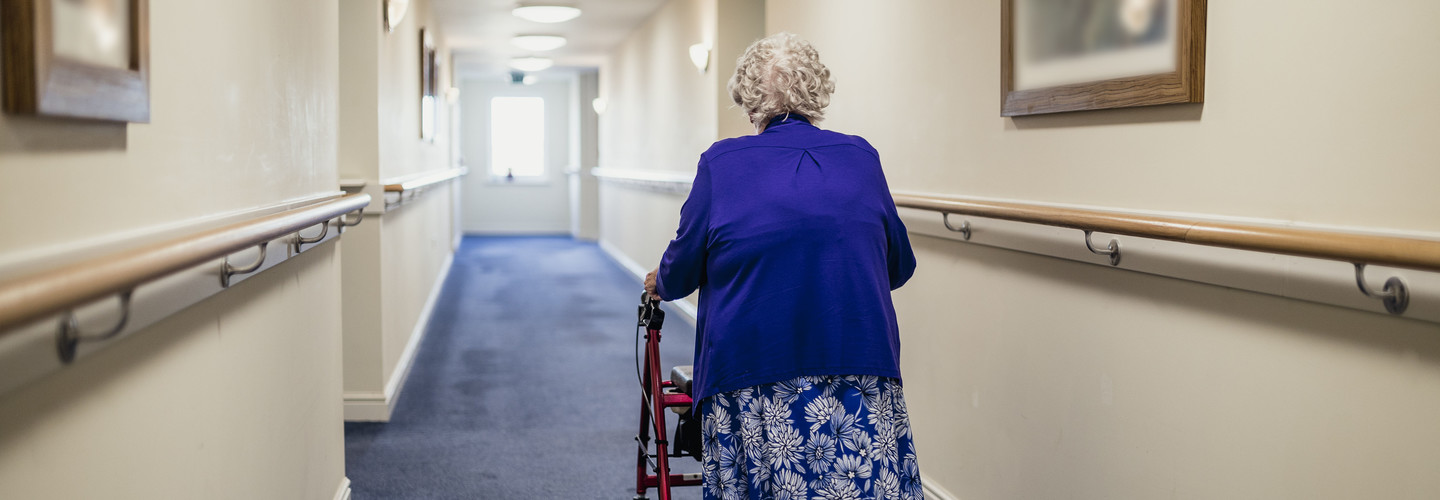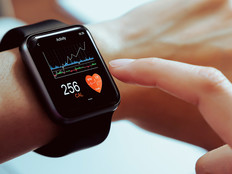How AI Is Helping Predict and Prevent Senior Falls
It’s a frightening and far too common scenario: One in four Americans age 65 and older falls each year, according to the Centers for Disease Control and Prevention.
These accidents, which comprise 2.8 million injuries, account for an emergency room visit every 11 seconds. Falls are the leading cause of fatal injury for this population, numbering more than 27,000 deaths every year.
No family wants to envision the scenario, even a minor one. After all, older adults often face a tough recovery, and they may avoid social engagements or exercise due to fear of falling again.
Falls also come at a substantial cost — $50 billion in 2015, with Medicare and Medicaid taking on 75 percent of the expense — one the CDC forecasts to reach $67.7 billion by 2020.
Imagine if you or your loved ones could have some advance notice.
That is why I’m encouraged by a growing pool of applications leveraging data and artificial intelligence to better predict a person’s risk of falling. In fact, fall prevention and detection accounted for nearly 40 percent of the $4.5 billion global smart home healthcare market in 2017.
MORE FROM HEALTHTECH: Discover why senior care organizations must prioritize technology initiatives.
AI Technology Monitors Seniors to Prevent Falls
Calculating the likelihood of a fall requires detailed and copious data.
That notion compelled researchers at two North Carolina universities to work with cameras and virtual reality systems to record 30 different body markers placed on elderly patients as they walked on a treadmill. Visual cues that suggest the effect of falling or swaying were then introduced with the aim of identifying undiagnosed balance impairments.
In California, El Camino Hospital used predictive analytics to reduce hospital fall rates by 39 percent in six months. The facility achieved this by working with an analytics company to examine electronic health record data of high-risk patients — including their frequency of nursing-call and bed-alarm use — and real time information such as medication intake and vitals.
And at Tiger Place, a retirement residence in Missouri, Microsoft Kinect sensors have been placed around the facility to log residents’ baseline gait speed and stride length. The sensors alert staff if those variables decrease; such shifts are linked to a substantially higher risk of falling.
VIDEO: Watch and learn how innovation can improve senior living.
Innovations Help Seniors Avoid Falls at Home
The concept isn’t limited to hospitals and care facilities. A new CDW white paper, “Meeting the Healthcare Challenges of an Aging Population Through IT,” cites the growth potential for the already booming wearables market in home settings. It also notes voice-activated lighting, among other functions, can contribute to a safer environment.
Last year, a pilot program in the U.K. gave elderly residents wearable devices to detect early — but not always visible — indications of frailty, such as low grip strength, hydration levels and muscle mass. The devices, which use Microsoft machine learning tools, were able to raise warning flags about one month in advance of an incident, a Microsoft blog post reported.
A more complex approach is underway at California startups SafelyYou and Cherry Home, each of which is developing AI systems that use a bevy of sensors, cameras and other analytical tools to capture a person’s movements and other potential warning signs so loved ones and care staff can keep watch with a user’s safety top of mind.
Such concepts will take time to refine and implement widely, but they’re a mark of progress. “[S]enior care is arguably one of the most important areas for technological improvement,” Cherry Home’s co-founder and CEO Max Goncharov recently told VentureBeat.
I couldn’t agree more.
This article is part of HealthTech’s MonITor blog series. Please join the discussion on Twitter by using #WellnessIT.









